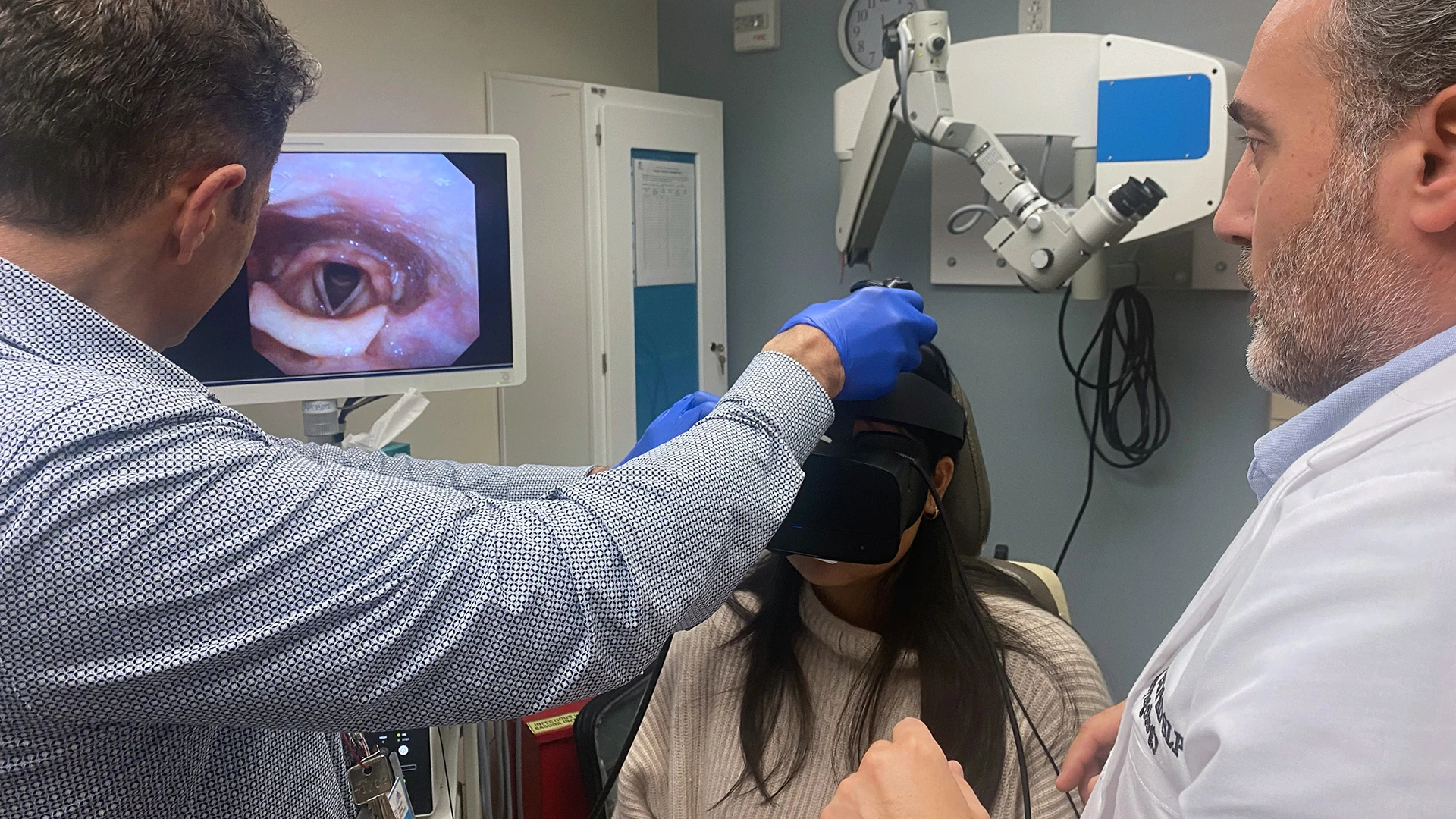
The head and neck region, encompassing the larynx, pharynx, and related structures, is a densely packed anatomical area where surgical necessity often intersects directly with the most fundamental aspects of human communication. Procedures performed by Ear, Nose, and Throat (ENT) surgeons—ranging from thyroidectomies and laryngeal tumor excisions to vocal fold augmentation or reconstruction—can, by their very nature, impact the integrity, mobility, and function of the vocal apparatus. While the primary goal of any such surgery is always the successful treatment of the underlying pathology, preserving and rehabilitating the patient’s voice quality and function becomes a critical secondary mandate. Voice therapy, often overlooked as a mere adjunct, is in reality an indispensable component of the post-operative recovery pathway. It is the bridge that guides the larynx from a state of surgical trauma back to optimal, efficient, and sustained phonation, preventing the development of maladaptive compensatory behaviors that can lead to long-term dysphonia. The process is not passive; it demands a collaborative effort between the surgeon, the speech-language pathologist (SLP), and, most importantly, the dedicated patient.
Voice therapy, often overlooked as a mere adjunct, is in reality an indispensable component of the post-operative recovery pathway
The necessity of voice therapy is rooted in the subtle yet profound changes induced by surgical intervention. Even minimally invasive procedures can cause temporary swelling, stiffness, or slight scarring that alters the mass and tension of the delicate vocal folds. For more extensive surgeries, such as those involving partial laryngeal resection or those that risk injury to the recurrent laryngeal nerve (RLN)—a known complication of thyroid or anterior cervical spine surgery—the vocal outcome can involve severe unilateral vocal fold paralysis or paresis. When the RLN is compromised, the affected vocal fold cannot fully move to meet its counterpart, resulting in a gap during phonation. This gap leads to a breathy, weak, and often severely strained voice due to the rapid escape of air. Without therapeutic intervention, the patient often resorts to pressing or straining to close the gap, creating hyperfunctional muscle tension dysphonia in other neck and laryngeal muscles. These compensatory patterns, while initially helping to produce sound, are inefficient, rapidly fatiguing, and can cause secondary structural changes, making future rehabilitation far more difficult.
Even minimally invasive procedures can cause temporary swelling, stiffness, or slight scarring that alters the mass and tension of the delicate vocal folds
Voice therapy commences not with strenuous exercises, but with meticulous patient education and vocal hygiene instruction. This initial phase, often starting immediately after the acute post-operative rest period, focuses on establishing the principles of optimal wound healing and preventing early re-injury. Patients are strictly counseled on the mandatory period of absolute or relative voice rest, the duration of which is dictated by the surgeon and the nature of the procedure—ranging from a few days to several weeks. Key vocal hygiene behaviors are introduced, including maintaining adequate hydration to ensure the vocal fold mucosa remains lubricated, avoiding throat clearing and aggressive coughing, and minimizing vocal effort by speaking at a lower volume and avoiding shouting or whispering. Whispering, contrary to common belief, is often more damaging than quiet talking, as it creates excessive friction and tension in the vocal folds. This early management stage sets the physiological groundwork for the complex motor retraining that will follow, treating the larynx as a sensitive, healing surgical site that requires gentleness and protection.
Key vocal hygiene behaviors are introduced, including maintaining adequate hydration to ensure the vocal fold mucosa remains lubricated
The core of post-operative voice therapy is individualized motor retraining, a process that relies heavily on diagnostic instrumentation to guide the therapeutic approach. The speech-language pathologist utilizes tools like stroboscopy—a specialized technique that uses a flashing light synchronized with vocal fold vibration to visualize movement in slow motion—to accurately assess the structural changes and functional deficits, such as gaps, scarring, or asymmetry. Based on this visual and acoustic feedback, the SLP customizes a sequence of therapeutic exercises. For patients with vocal fold paralysis, the goal is often to maximize the compensatory capacity of the unaffected fold, or to train the patient to use alternative laryngeal mechanisms to achieve better closure. This may involve specific pushing/pulling techniques (though used sparingly and strategically), semi-occluded vocal tract exercises (SOVTEs) using tubes or straws to optimize breath pressure, or resonant voice therapy to move the focus of vibration and effort away from the compromised area.
The speech-language pathologist utilizes tools like stroboscopy to accurately assess the structural changes and functional deficits
For patients who have undergone surgeries like partial laryngectomy or complex vocal fold reconstruction, the challenge is often to help the patient discover and habituate a completely new voice source. The vocal folds may be permanently altered in mass, shape, or stiffness, meaning the pre-surgical voice quality is simply no longer achievable. In these cases, therapy focuses on maximizing the acoustic potential of the new anatomy. This requires teaching the patient to utilize efficient breath support (diaphragmatic-abdominal breathing), coordinating the expiratory cycle with the initiation of sound, and finding the optimal pitch and loudness levels that minimize strain on the surgically modified tissue. This is a journey of acceptance and adaptation, where the patient must be guided away from the expectation of their former voice and towards embracing the best voice their altered physiology can produce, maximizing intelligibility and communicative stamina.
Therapy focuses on maximizing the acoustic potential of the new anatomy
The timing of initiating voice therapy is a crucial clinical decision, determined by the synergy between surgical healing and vocal risk. For many minor procedures, therapy may start within days or weeks. However, in cases involving severe trauma or nerve injury, a period of watchful waiting is often recommended—sometimes lasting six to twelve months—to allow for the possibility of spontaneous nerve recovery. If nerve function does not return within that timeframe, the therapeutic strategy pivots to management of chronic paresis or paralysis, potentially involving surgical intervention like medialization laryngoplasty (where the paralyzed fold is moved closer to the midline) or injection laryngoplasty (where a temporary or permanent filler is injected into the fold). In these scenarios, voice therapy plays a crucial role both before the surgery—to assess baseline function and compensatory efforts—and after the surgery—to help the patient efficiently utilize the new, structurally improved vocal fold position. Therapy, therefore, is rarely a standalone solution, but rather an integrated component of the entire multi-disciplinary treatment plan.
The timing of initiating voice therapy is a crucial clinical decision
The psychological impact of voice change after ENT surgery is often profound and underestimated. The voice is intrinsically linked to self-identity, profession, and social interaction. A change in pitch, timbre, or loudness can lead to withdrawal, anxiety, and even depression, particularly if the voice is essential for one’s livelihood, such as for teachers, singers, or customer service representatives. The SLP’s role extends beyond motor training into counseling, helping the patient navigate the emotional toll of their altered communication capabilities. Therapy provides a safe, structured environment for the patient to experiment with their new voice, receive constructive feedback, and regain confidence in various communicative settings. This psychosocial support is a vital, non-technical component of rehabilitation, acknowledging that functional recovery must include restoring the patient’s willingness and ability to use their voice fully in their daily life.
The psychological impact of voice change after ENT surgery is often profound and underestimated
Modern advancements in laryngeal imaging and biofeedback technologies have significantly enhanced the efficacy of post-operative voice therapy. High-speed video endoscopy allows the SLP to capture vocal fold vibration at thousands of frames per second, providing unparalleled detail on mucosal wave symmetry and integrity—data that standard stroboscopy often misses. This precise information allows for highly targeted, micro-adjustments in vocal technique. Furthermore, various forms of biofeedback, utilizing acoustic software to display pitch, loudness, and quality in real-time, empower the patient by providing immediate, objective data on the impact of their vocal efforts. When the patient can visually track their progress—seeing a reduction in vocal tremor or a smoother pitch contour—it dramatically enhances motivation and accelerates the motor learning process, transforming abstract concepts of ‘effort’ and ‘support’ into concrete, measurable goals.
High-speed video endoscopy allows the SLP to capture vocal fold vibration at thousands of frames per second
Successful post-operative vocal rehabilitation necessitates a dynamic, collaborative feedback loop between the surgeon and the therapist. The surgeon provides crucial details on the precise anatomical structures involved, the extent of tissue removal or reconstruction, and the status of any involved nerves. The SLP, in turn, provides the surgeon with functional assessments, reporting on the patient’s ability to achieve specific vocal milestones and noting any signs of excessive compensatory tension or persistent vocal fold gaps. This shared knowledge allows for timely intervention, such as adjusting medication, recommending surgical follow-up (like injection augmentation), or modifying the intensity of the vocal exercise regimen. This commitment to continuous communication ensures that the voice therapy is always aligned with the evolving biological reality of the healing larynx.
This commitment to continuous communication ensures that the voice therapy is always aligned with the evolving biological reality of the healing larynx
In conclusion, voice therapy after ENT surgery is far more than a simple set of recovery exercises; it is a specialized clinical discipline that transforms a surgically repaired but functionally compromised larynx into an efficiently operating communication tool. It spans from the initial delicate period of vocal rest and hygiene to advanced motor retraining and psychological reintegration. By addressing the physiological changes of scarring, the neurological impact of nerve damage, and the behavioral response of maladaptive tension, voice therapy provides the indispensable mechanism for patients to regain confidence, vocal stamina, and a clear, comfortable voice. The success of the surgery itself is only truly realized when the patient’s capacity to communicate effectively is restored.
